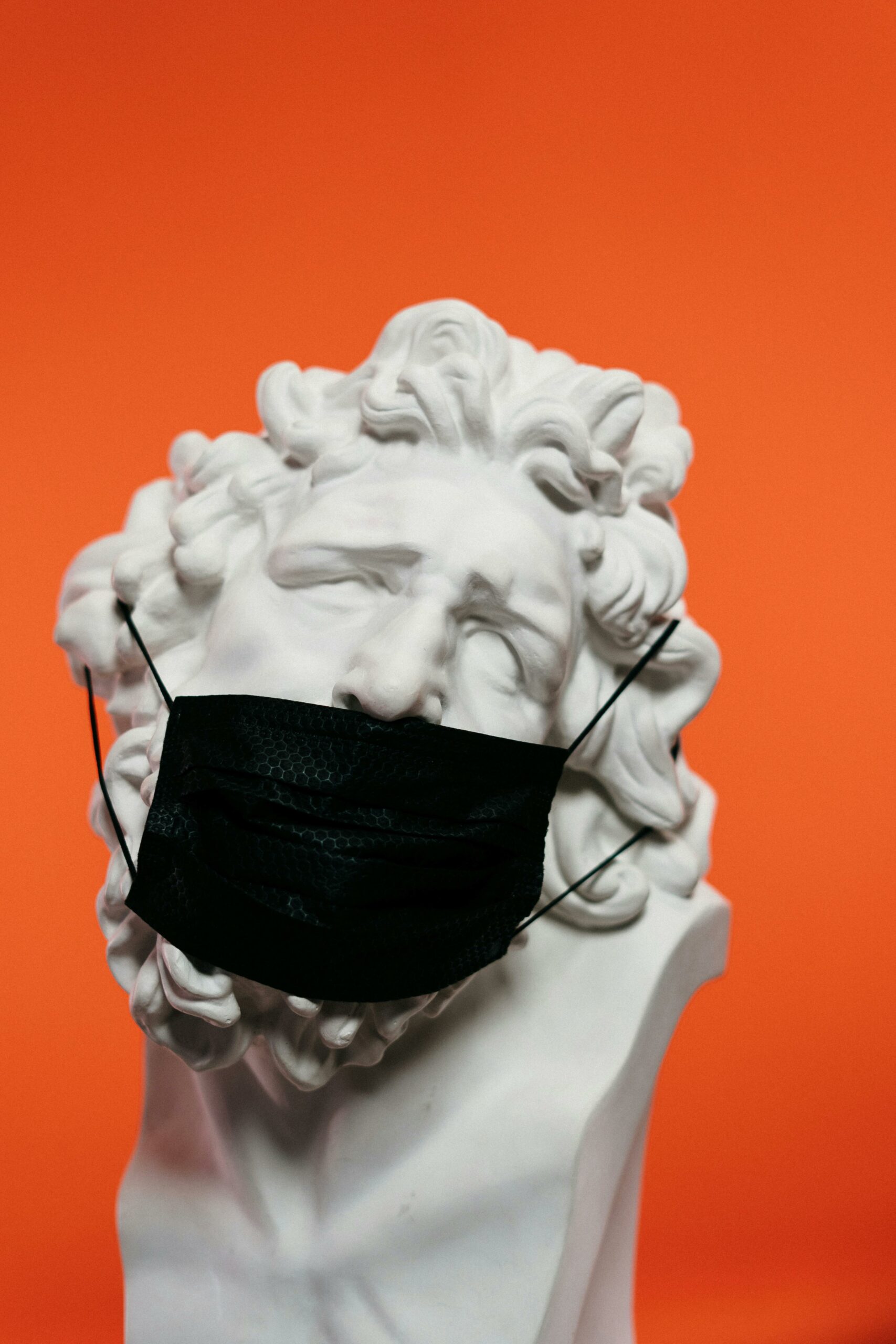Do I need a fit test to wear a mask?
Ensuring a proper mask fit is crucial for your health and safety, but do you really need a fit test to wear a mask?
In this blog, we’ll delve into the critical topic of mask fit and fit tests. We’ll explore why fit tests are essential for masks, and how they ensure optimal protection against airborne hazards. We will also highlight the several different benefits of proper mask fitting, including enhanced safety, improved comfort, and compliance with regulatory standards.
Understanding Fit Tests
What is a Fit Test?
Face fit testing is a method used to ensure a tight-fitting face mask (RPE respiratory protection equipment) is sealing against the wearers face to significantly reduce their exposure to any airborne hazard. As we do not all have the same shape / size face, we cannot assume a mask is providing adequate protection unless it has undergone a face fit test. As an employer, if any employee needs to wear a tight-fitting mask, this is a legal requirement, and as an employee it provides reassurance they are protected.
Why is it performed?
Fit tests are performed to ensure that masks provide the maximum level of protection to the wearer. A proper fit is crucial for preventing the inhalation of harmful particles, such as dust, fumes, or infectious agents. Without a secure seal, contaminants can bypass the mask and enter the respiratory system, putting the wearer at risk of illness or injury.
Fit tests are especially important in occupational settings where workers are exposed to hazardous substances or infectious diseases. These help employers assess the effectiveness of respiratory protective equipment and ensure that workers are adequately protected during the duties.
Qualitative Fit Test
Qualitative fit testing is a method used to assess the fit of a mask on an individual to ensure that it provides adequate protection. This process relies on the wearer’s ability to detect a test agent, indicating whether the mask is properly sealing to the face.
The process begins with preparing a suitable test environment, usually a well-ventilated area free from contaminants. The wearer is exposed to the test agent to assess their sensitivity to it. This step ensures the user can detect the agent if there is a leak.
Once sensitivity is confirmed, the user will put on the mask, ensuring it is correctly adjusted and fitted.
During the fit test, the wearer wears a hood over their head, and the test agent is introduced into the hood. The wearer performs a series of exercises, such as normal breathing, heavy breathing, moving their head side to side, moving their head up and down, counting from 100 backwards, and bowing up and down. The wearer’s ability to detect the test agent during these exercises determines the adequacy of the respirator fit.
If the wearer detects the test agent at any point, it indicates a poor fit, and the mask must be readjusted, and the test repeated. If the wearer does not detect the agent, it confirms a proper fit and seal.
Why is fit testing important?
Protection
A properly fitted mask is essential for ensuring that harmful particles are effectively filtered out before they can be inhaled. When a mask fits well, it creates a tight seal around the nose and mouth, preventing airborne hazards from bypassing the filter material and entering the respiratory system.
Barrier against airborne particles
A well-fitted mask eliminates gaps and leaks around the edges, which are common points of entry for contaminants. Even small gaps can significantly reduce the effectiveness of the mask, allowing dangerous particles to enter.
Efficient Filtration
When the mask fits properly, the entire surface of the filter material is utilised to capture particles. This ensures that contaminations such as dust, fumes, and infectious agents are effectively trapped, preventing them from being inhaled.
Protects against various hazards
Masks with a proper fit help block infectious agents, such as viruses and bacteria, from being inhaled. This is particularly important in healthcare settings, where exposure to infectious diseases is a constant risk.
In workplaces like construction sites, masks protect against inhaling hazardous substances such as silica dust, chemical fumes, and other toxic materials.
Maintains Health and Safety standards
Regulatory compliance: Ensuring a proper fit is often a requirement of occupational health and safety regulations. Compliance with these standards not only protects workers but also helps organisations avoid legal and financial penalties.
Worker Confidence: When workers know their masks fit correctly, they can perform their duties with greater confidence and peace of mind, knowing they are protected from potential hazards
What to do before your fit test?
Before your fit test, you must follow the procedures below:
- Don’t eat or drink within 30 minutes of your fit test (excluding unflavoured water).
- Don’t chew gum, smoke, or vape within 30 minutes of your fit test.
- Bring some form of photographic ID with you.
- Within the last 8 hours, ensure the mask seal area has been clean-shaven.
- Remove any make-up within the mask seal area.
- Have long hair tied back and out of the way.
- Bring any head worn personal protective equipment that you wear with your mask.
- Bring glasses if you wear them with your mask.
Remember, staying safe starts with a good fit. If you think you might need a fit test or want to learn more, click here or email enquiries@cavity-fit-test.co.uk
